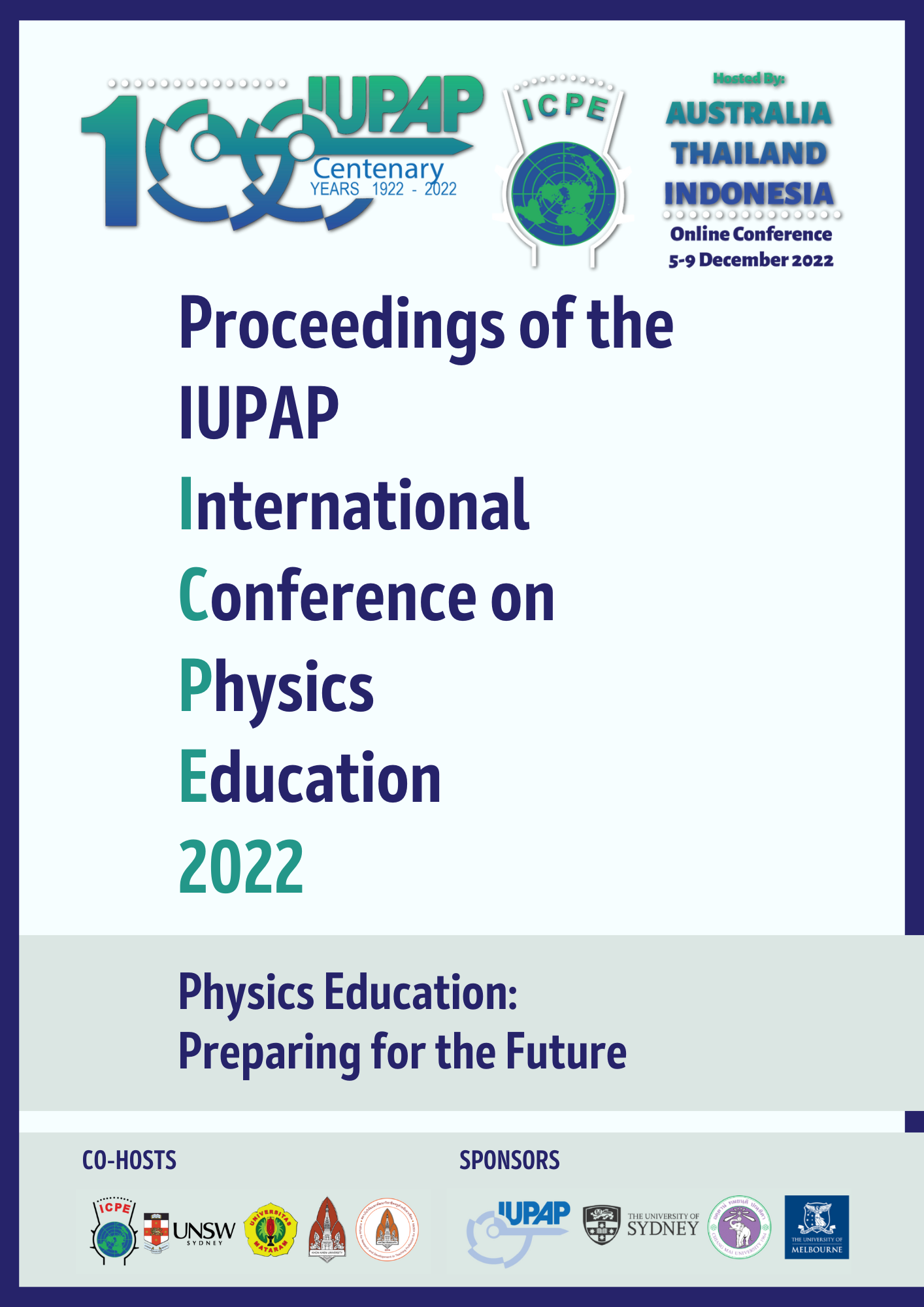Making effective videos for (live) online learning quickly
Keywords:
video, multimedia, online lecturesAbstract
Videos are capable of delivering information that would otherwise be delivered in person in a classroom. At the same time, they are independent of restrictions on time and location and can be viewed by students according to their own time and needs. If used appropriately, they have been shown to improve students' understanding of the material and organizing the information presented in an introductory physics lecture (Dunleavy, Kestin, Callaghan, McCarty, & Deslauriers, 2022). By incorporating several principles for the design of multimedia material, they can further improve learning (Mayer, 2020).
Depending on the type of video (informal talk, lecture, tutorial), different design formats are more beneficial to the learner. The presentation of static slides or chunked recordings of full lectures, however, are not engaging (Guo, Kim, & Rubin, 2014). During the COVID-19 pandemic, a lot of in-person lectures have been replaced by synchronous online lectures. These lectures have the same format of videos, but are usually limited in terms of possibilities to meet good design principles. This can create a barrier for some students to learn. Since they are live in nature, there is no possibility for post-production. Enhancements of the video-stream have to be made while presenting the lecture. This imposes further requirements and difficulties on the presenter.
There exists a variety of technical solutions usually aimed at online-streaming of live content (e.g., video-games). Those solutions can be utilized to make synchronous online lectures meet good multimedia design principles. As an example, the presenter can be shown in front of supporting multimedia material, following the design principle of image and embodiment (Mayer, 2020). Using this kind of technology allows a video design that increases the positive emotions and positively affect learning (Heidig, Müller, & Reichelt, 2015). This can also promote students' engagement. Additionally, these technologies enable the production of high-quality videos with little to no post production.
In this presentation, a short overview of relevant multimedia design principles is given. Examples of how to implement them in short form videos is demonstrated. Furthermore, a video setup for presenting effective online lectures and the production of videos with very little post-production needs is explained.
REFERENCESDunleavy, S., Kestin, G., Callaghan, K., McCarty, L., & Deslauriers, L. (2022). Increased learning in a college physics course with timely use of short multimedia summaries. Physical Review Physics Education Research, 18(1), 010110. https://doi.org/10.1103/PhysRevPhysEducRes.18.010110
Guo, P. J., Kim, J., & Rubin, R. (2014). How video production affects student engagement: An empirical study of MOOC videos. Proceedings of the first ACM conference on Learning @ scale conference, 41–50. https://doi.org/10.1145/2556325.2566239
Heidig, S., Müller, J., & Reichelt, M. (2015). Emotional design in multimedia learning: Differentiation on relevant design features and their effects on emotions and learning. Computers in Human Behavior, 44, 81–95. https://doi.org/10.1016/j.chb.2014.11.009
Mayer, R. (2020). Multimedia Learning (3. Aufl.). Cambridge University Press. https://doi.org/10.1017/9781316941355
Downloads
Published
Issue
Section
License
Authors who publish with the Proceedings of the International Conference on Physics Education 2022 agree to the following terms:
a) Authors retain copyright and grant the journal right of first publication with the work simultaneously licensed under a Creative Commons Attribution License (https://creativecommons.org/licenses/by/4.0/) that allows others to share the work with an acknowledgement of the work's authorship and initial publication in this journal.
b) Authors are able to enter into separate, additional contractual arrangements for the non-exclusive distribution of the journal's published version of the work (e.g., post it to an institutional repository or publish it in a book), with an acknowledgement of its initial publication in this journal.
c) Authors are permitted and encouraged to post their work online (e.g., in institutional repositories or on their website) prior to and during the submission process, as it can lead to productive exchanges, as well as earlier and greater citation of published work (See The Effect of Open Access - http://opcit.eprints.org/oacitation-biblio.html).
Privacy Statement The names and email addresses entered in the Proceedings of the International Conference on Physics Education 2022 site will be used exclusively for the stated purposes of this journal and will not be made available for any other purpose or to any other party.
